NHỮNG ĐIỀU CẦN THIẾT KHI ĐI DU LỊCH
Bên dưới là những thông tin cần thiết khi đi du lịch trong nước và nước ngoài
I. TRONG NƯỚC
1. ĐẾN VÙNG BIỂN
Capital: Ha Noi City
Other Main Cities: Ho Chi Minh City (Saigon), Da Nang, Hai Phong, Can Tho, Hue, Da Lat…
Currency: Vietnamese ĐỒNG (Dong) (roughly 23.000 Dong to USD$1)
Language: Vietnamese
Weather: Monsoon-influenced tropical Climate (Different in 3 areas)
Population: 93 million(54 ethnic groups)
Area: 331.210 km²
Emergency numbers: police 113, fire 114, Ambulance 115
Electricity Voltage: 220 Volt at 50Hz.
Electricity Sockets: Power plugs – Type A: 2 vertical pins, Type C: 2 round pins, Type F (also known as Schuko plug): 2 round pins.
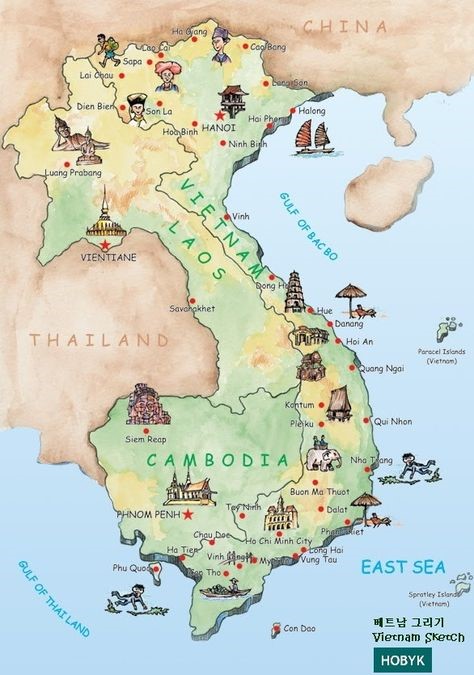
2. ĐẾN VÙNG NÚI
The best time to travel to Vietnam really depends on what you are looking for in terms of weather, scenery and budget. Peak season occurs from mid-December through to February but expect prices to double. Low season is perfect for those on a budget.
Low Season – April to September
High Season – October to March
Northern Vietnam – Best months to travel Northern Vietnam are from March to November. There are mostly sunny days and dry cool days. The weather gets really cold from December to March and is not suited for hiking or sailing a junk boat in Halong Bay that time of year.
Central Vietnam – Best months for Central Vietnam are February to September. Heavy rains are in October and November. Really hot months are from May to August.
Southern Vietnam – Best months to explore Southern Vietnam are from October to April where conditions are beautiful, dry season there. You really can travel the south anytime of the year in the south, just note that from May to November there are afternoon downpours.
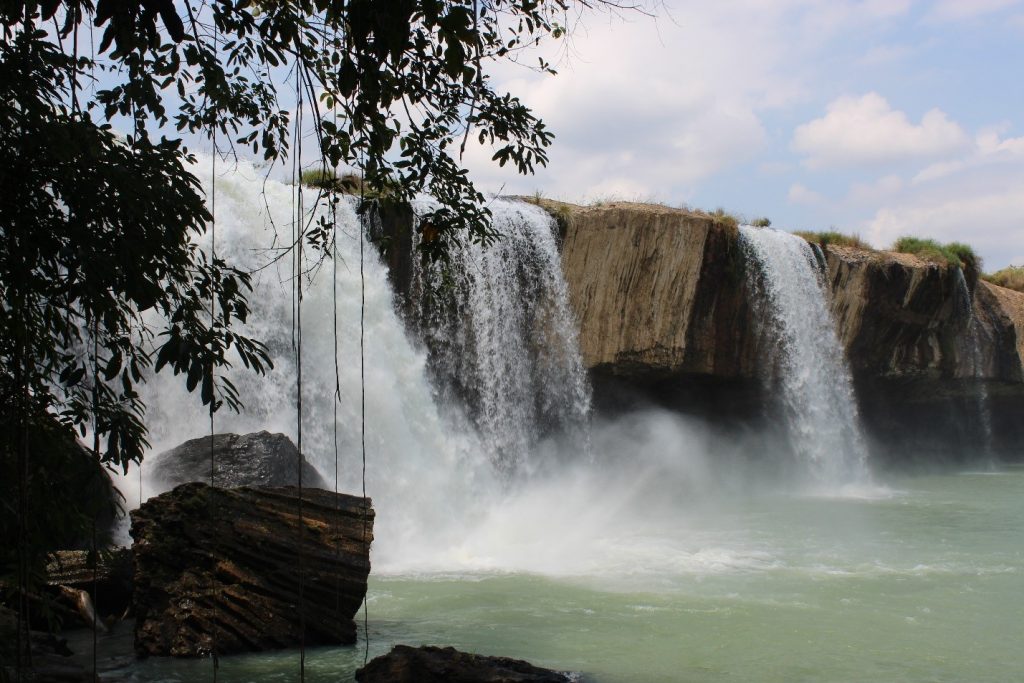
3. HOW TO ENTER VIETNAM
Nationals from many European and Asian countries can enter Vietnam without a visa, with a maximum stay duration of up to 30 days (depending on which country you’re travelling from). Others will need to apply for a visa from their local embassy or apply Visa On Arrival online with Vietnam Immigration Dept.
We strongly recommended you should apply Vietnam Visa Online via our website because this is the best way to save your time, money and help you avoid some unwanted troubles.
You just need to complete 4 steps to apply Visa On Arrival with us at www.Vietnam-immigration.org.vn/appyly-visa. Then, we will send to you approval letter within 2 working days in normal case; 4 hours to 8 hours in emergency case or only 30 minutes in pressing case. You just print out this letter to get Vietnam visa when arrive at the International Airport in Vietnam (Hanoi, Da Nang, Ho Chi Minh) and show this letter to the Vietnam Immigration Officer, pay the stamping fee for Vietnam Government then get visa stamped.
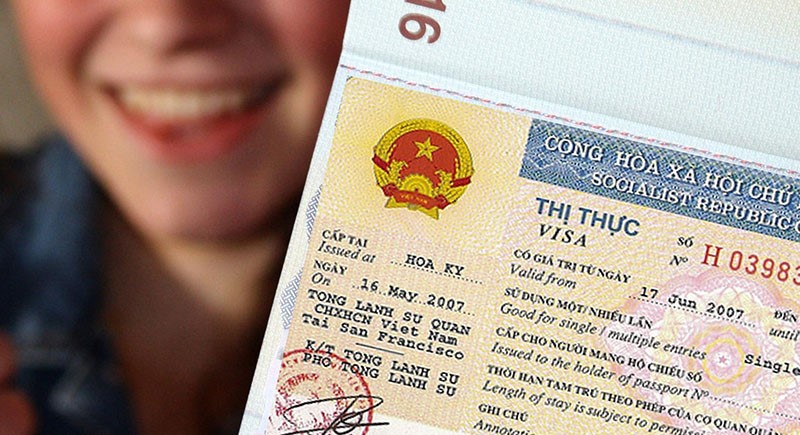
4. HOW TO FIND A ROOM TO STAY
It’s important to choose the right Vietnam hotel so you can enjoy a comfortable retreat after a long day of sightseeing. Accommodation in Vietnam ranges from charming hostels and frills-free guesthouses to luxurious beachfront resorts and stylish city hotels. One of the most breathtaking tourist destinations in Southeast Asia, different regions in Vietnam are not the same – the central region attracts travelers looking to soak up the sun, while Ho Chi Minh and Hanoi are vibrant cities steeped in French and Asian influences, pristine Buddhist temples, and fascinating architecture. With that being said, Vietnam’s extensive range of hotels cater to a wide range of budget levels, styles, locations, and preferences. VIETMIRACLE TRAVEL in Vietnam will advise and help you find the right accommodation you’re looking for.
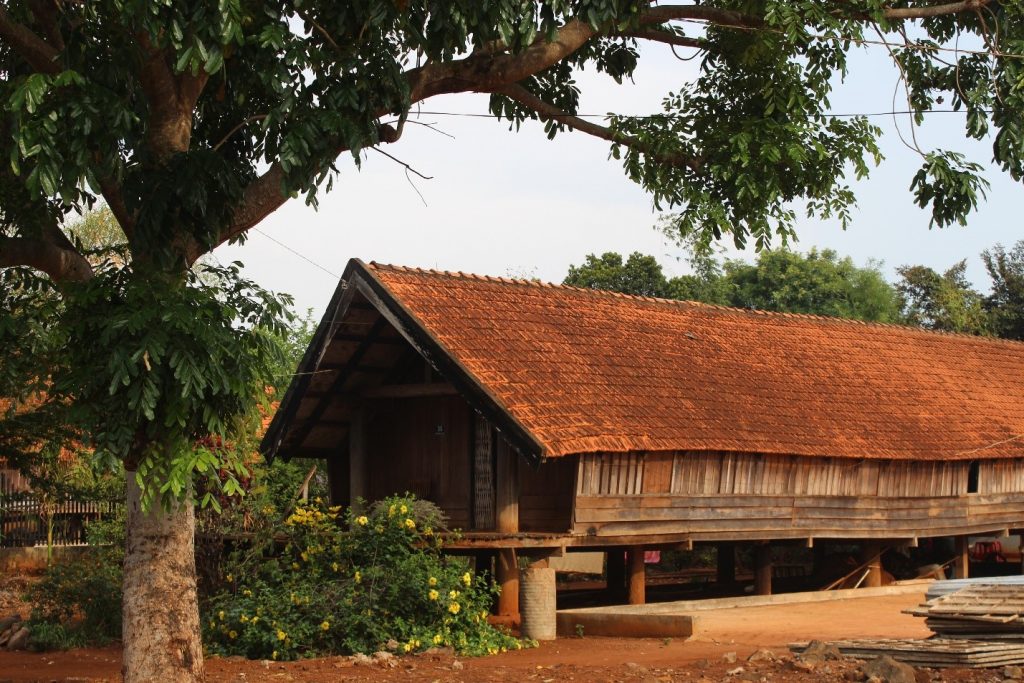
5. HOW TO TRAVEL AROUND
a. By airplane (Noi Bai, Tan Son Nhat ,Da Nang international airport and many domestic airports in the country)
National carrier of Viet Nam is Vietnam Airlines.
Many international flights connect Viet Nam to the world, three biggest international airports are in Ha Noi, Ho Chi Minh (known as Sai Gon) and Da Nang.
There are many domestic airports scattered among the country.
b. By train
Reunification trains connect all the cities in the country together, known as SE1, SE2, and SE3….Trains start from Ha Noi to Sai Gon or in reverse.
c. By bus
Buses are available everywhere in Viet Nam, Travelers could catch local inter-city or sleeping buses.
d. By car
Car is also popular mean of transportation in the country, tourists could pay for private car with driver or book a meter Taxi or Grab car easily.
e. By Scooter
Scooter or motorbike is the most popular transportation in the country. Tourists could catch a Xe Om(motorbike with driver),book a Grab bike or rent a scooter(not encouraged because of danger) to go around.
f. By Cyclo
A special mean of transportation favorite used by tourists is Cyclo . In reality Cyclo is catch to get around in short distance. It is safe to use the cyclo service booked by agency, but please negotiate and take care of your belongings if you catch by yourself
g. By bicycle
Bicycle is encouraged to be used in quiet and rural areas only.
6. CURRENCY
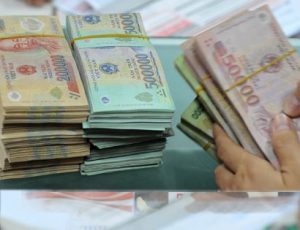 The national currency is Đồng (Dong or abbreviated as VND or d)Bank notes are 200 ,500 ,1000, 2000 , ,5000 , 10.000 ,20.000 ,50.000 , 100.000 , 200.000 and 500.000.The rate of exchange is about 23.000 against One U.S dollar, 25.000 against One Euro and 28.500 against One Pound..
The national currency is Đồng (Dong or abbreviated as VND or d)Bank notes are 200 ,500 ,1000, 2000 , ,5000 , 10.000 ,20.000 ,50.000 , 100.000 , 200.000 and 500.000.The rate of exchange is about 23.000 against One U.S dollar, 25.000 against One Euro and 28.500 against One Pound..
While international credit and debit cards are accepted at most larger hotels, restaurants and travel agencies (sometimes with an added fee), cash is still king in Vietnam for day-to-day transactions. ATMs are widely available, and currency can be exchanged at banks (and some gold shops, although this practice is frowned upon by the government).
7. FOOD AND BEVERAGE
Vietnam has abundant food supplies and cooking is seen as an art. Some Vietnamese dishes have archived international fame.
Please use your instinct and travelling experiences when out and about and be careful with street vendors and restaurants which may not look too clean at first glance. We obviously want you to sample local dishes and enjoy the flavors of what is on offer but be aware of hygiene standards.
Please be aware that whilst on tours most of the meals included will be of a local style. If you are on one of our tours and need special dietary requirements please have a chat to the guide who will do his best to try to speak in advance and ask the restaurants to see if they have any alternatives available should you be having any difficulties in eating what is being provided.
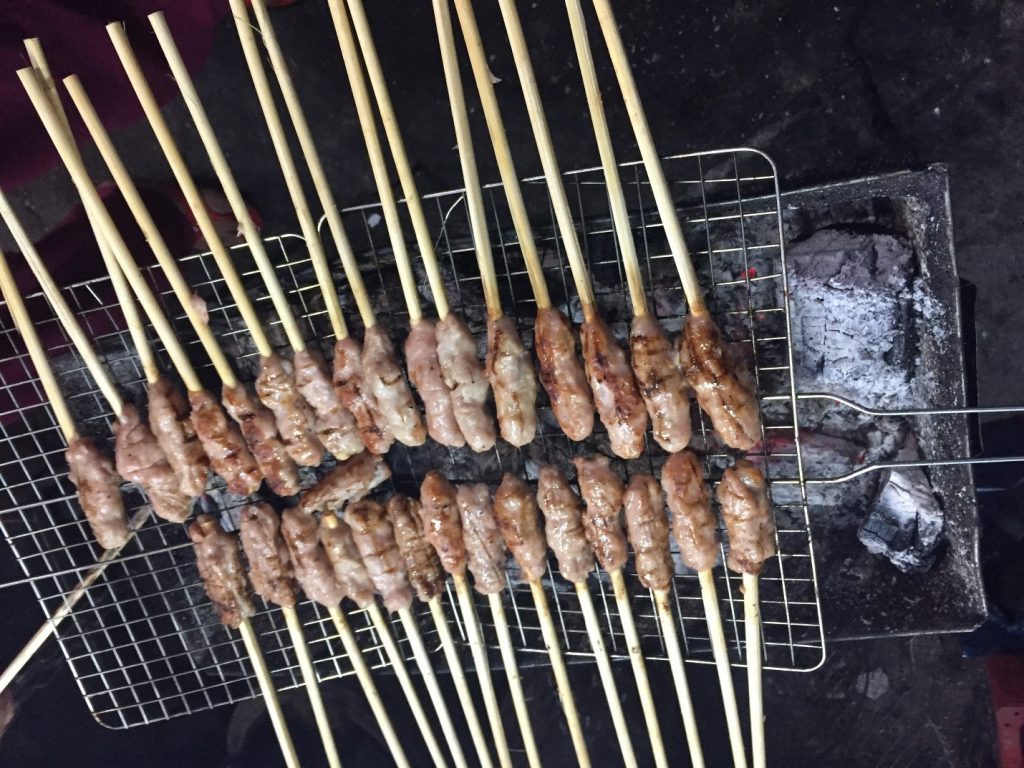
8. WATER AND DEHYDRATION
We could suggest that you drink sealed bottled water. Bottled water is easily and readily available inexpensive to buy. When you are out and about, your tour guide will have a small supply of sealed water for your use, but would suggest that you take a small supply with you on any excursions as there could be a lot a lot walking involved and temperatures are generally hot. Please keep your hydrated water at all times as this can be a major cause of sickness and fatigue. And when adding ice to drinks please also check that the water used is clean water.
9. SHOPPING
Vietnam is a paradise for shopping addicts. Tourists have a change to buy thousands types of souvenirs which is make of hundred kinds of materials in the country. The travel agent or tour guide could give you advices about local products.
Going on shopping in Vietnam is very easy. Tourists could buy stuffs at local souvenir shops, local markets, outlet shops and shopping malls in every city in the country.
Bargaining: Most vendors tend to respond well as long as you are polite. Tourists tend to be charged more than locals so don’t be afraid of walking away if you’re unsatisfied with the final price. Remember that please negotiate to shop seller to bring the price down if you do not see the price stamp attached to stuff.
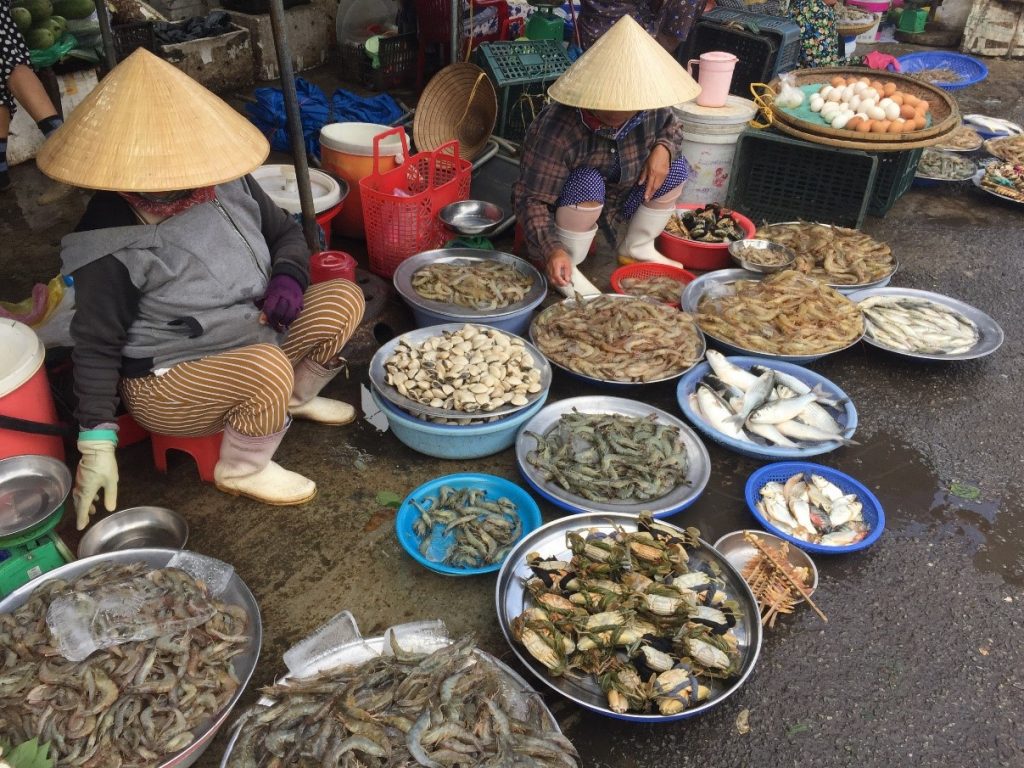
10. EMERGENCY
In case of an emergency, please dial:
Police: 113
Fire: 114
Ambulance: 115
Or ask the hotel staffs, tour guide or local people for the help or making a phone call
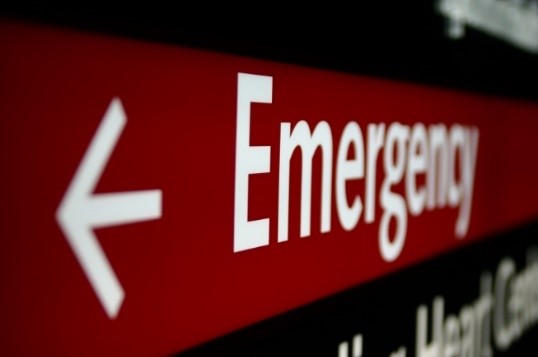
11. ELECTRICITY
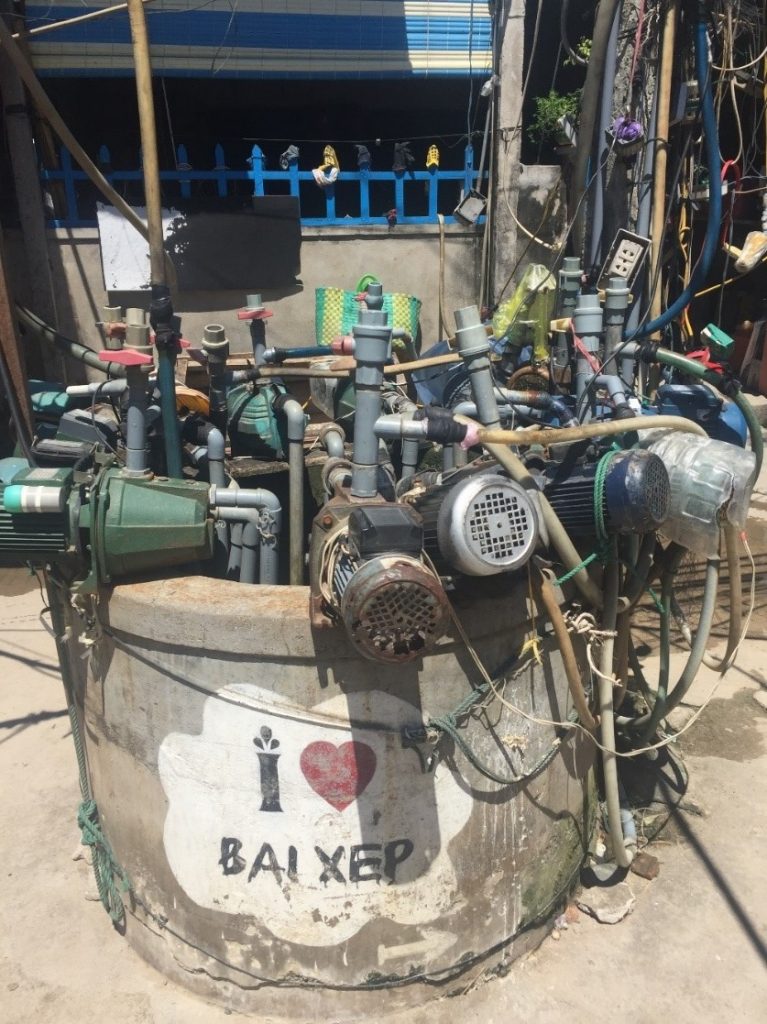 In short, plugs type A (two flat vertical pins), type C and type F (two round pins) fit to most Vietnam electrical outlets. If your power plug has 3 pins, you might need an adapter as most electrical outlets here do not include a grounding hole. Electricity supply in Vietnam is 220 Volts at 50Hz.
In short, plugs type A (two flat vertical pins), type C and type F (two round pins) fit to most Vietnam electrical outlets. If your power plug has 3 pins, you might need an adapter as most electrical outlets here do not include a grounding hole. Electricity supply in Vietnam is 220 Volts at 50Hz.
There are 2 important things you need to pay attention when it comes to electricity in Vietnam: plugs and voltage.
If you are from Europe with the exception of the UK
Lucky! Your power plugs are similar to the ones used in Vietnam.
If you are from North and Central America or Japan
Although your plug can be used in Vietnam, it is important to check the voltage compatibility highlighted below.
If you are from the UK, Ireland, Cyprus, Malta, Malaysia, Singapore or Hong Kong
Although type G plugs (British) with 3 rectangular pins can be used in Vietnam in some places, it is less common and in most cases require an adapter
If you are from Australia, New Zealand, South Africa, Argentina or parts of China
You need an adapter. However, if your power plug only has 2 pins (doesn’t require a grounding hole), it still can be used if you force the plug hard enough into the outlets sockets. You should only do this as a last resort. Forcing the plug can result in damaging the devices and causing safety hazard.
12. CONNECTION
SIM cards: Available at the airport, convenience stores and mobile stores, with MobiFone, Viettel and Vinaphone as the most popular brands. You will also need to register the number by presenting your passport or ask your guide for the help.
You could use your Vietnam mobile SIM for making a phone call or internet connection(3G,4G).
WIFI is free and available everywhere such as hotel, coffee shop and restaurants, etc.
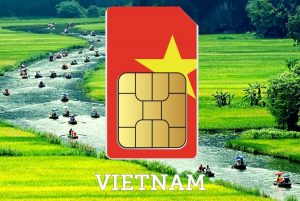
13. VALUABLES
Ensure that you make use of the safety deposit boxes where available whenever possible. When travelling between resorts or through airports ensure your valuables are carried with you and kept with you all the times. Do not leave your valuables in cars or busses when going for visits. VIETMIRACLE is not legally liable for any loss of valuables for your vehicles. Always make sure that you know the location of your money and passports.it is a good idea to carry loose money in your pockets rather than using handbags or wallets especially around busy crowded areas when pick pockets may be operating.
The wearing of too much jewelry will perhaps draw unwanted attention as well, please use your own discretion as to what is acceptable ,secondly it minimizes the risk of theft on your trip. For valuables, you can deposit them at hotel reception who will usually offer a receipt for any items left in their care.
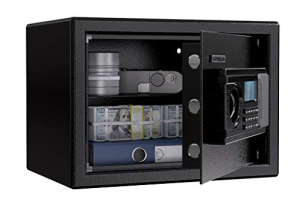
14. CUSTOM AND CULTURES
When you are on tour please ensure that you abide the local customs. Please check with your guide what you should wear when you visit pagodas, temples or religious places. And in Vietnam when visiting Buddhist pagodas, dress conservatively and remove shoes before entering. It’s also considered impolite to have your back facing Buddha statues. Donations to the upkeep of temples are welcomed but not expected. Always ask for permission before photographing people or places of worship.

15. TIPPING IN VIETNAM
Tipping is still a relatively new concept in Vietnam’s growing economy. However, in major tourist destinations and the big cities, it is quickly becoming the norm. Service in Vietnam tends to be exceptional, and if you receive great service, a tip is highly appreciated and valued and your tip is a nice way to say “thanks”.
This is partly because wages in Vietnam tend to be very low, even when compared with the low cost of living
This means many workers do overtime or don’t take days off. Leaving a tip, can make a big difference in a service worker’s day and big smile.
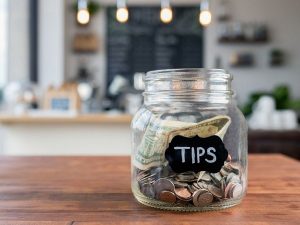
II. BE WARY
1. Taxi scams
Cyclo, motorbike taxi and car taxi are the best way to go around big cities. However, scams can happen, and your best protection is a decent knowledge of where you are going and points along the way and ask the hotel staff about approximate price for your taxi trip to have idea about the price. Always agree on a price beforehand and be prepared to be quoted a higher price than the locals. For regular taxis, stick to the two major companies of Mai Linh and Vinasun or popular local taxi company (with meter app). Smaller, independent taxis are known for fast meters and aggressive drivers in Hanoi and Saigon. If you’re in one of the big cities, ride-sharing apps like Grab are good, offering both car and motorcycle taxis. Sometimes the driver will call to confirm, so having a Vietnamese-speaking friend nearby will come in handy.
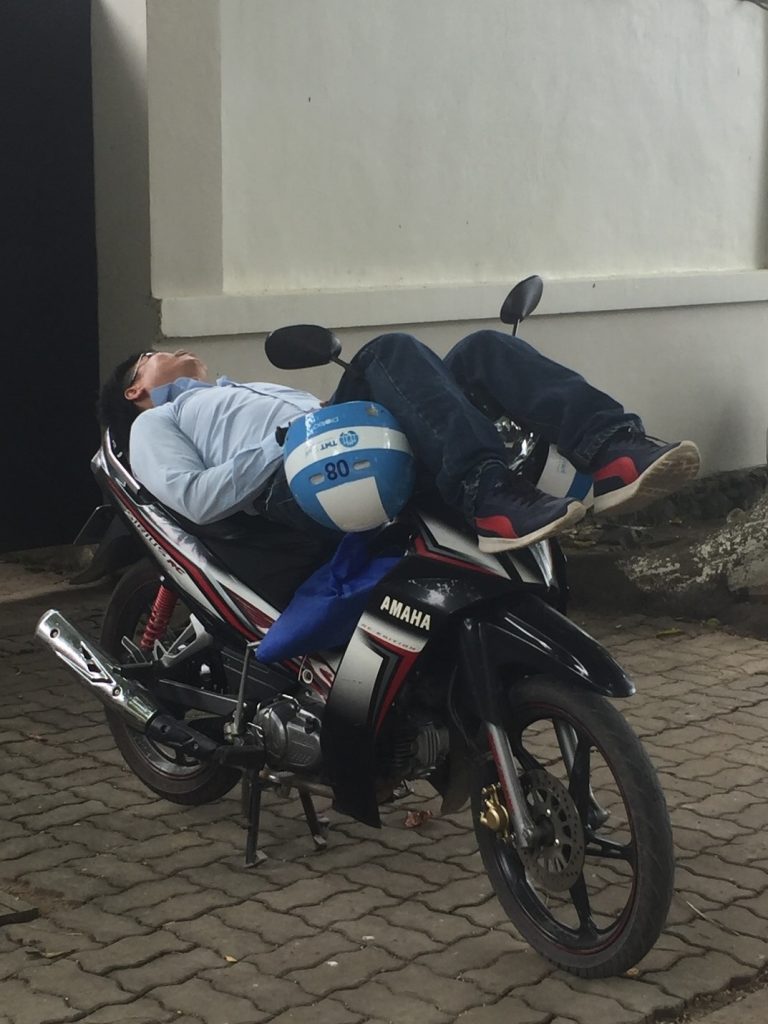
2. On-road safety
Traffic in Hanoi and Ho Chi Minh City can seem terrifying at first glance. Just walking across the street during rush hour can feel like an impossible task! But there is method to the madness and, like a school of fish, the traffic will inevitably glide around you as long as you keep moving at a slow and steady pace. If unsure, do as the locals do and raise one hand high to be seen above the sea of helmets.
If you’re looking to drive a motorbike yourself, it’s best to save it for one of the quieter destinations like Hoi An, Dalat or Phu Quoc. Always wear a helmet, and be aware of the exhaust pipe, which has caused many a leg burn. As motorbikes tend to drive closely to each other, keep your feet pointed inwards and think of wearing closed shoes which offer extra protection for your feet.
3. Snatch-and-grabs
Violent crime is extremely rare in Vietnam, and firearms are heavily regulated. But snatch-and-grabs and, to a lesser extent, pickpocketing, do happen. It pays to be vigilant. Use your phone and other electronics sparingly when outside (even while sitting at a sidewalk cafe or on the back of a motorbike). Leave your passport at the hotel; there’s rarely a reason to have the original on you.
Also, while Vietnam has some of the cheapest beer in the world, be careful about overdoing it. Inebriated tourists wandering back to their hotel in the morning hours when there is little traffic around can be seen as easy targets. If you come home late at night, go with a friend and splurge the extra dollar or two on an automobile taxi instead of a motorcycle taxi.
III. HOSPITABLITY
Vietnam’s long exposure to foreigners means that many local residents aren’t as overtly curious about visitors as some of their counterparts in Cambodia, Myanmar and Laos. Also, because most Vietnamese are not confident with spoken English despite learning it in school, people tend to ignore lost-looking foreigners unless you actually ask for help. But be assured that the Vietnamese really are friendly people. If you ask someone a question with a smile and in slow, clear English, you’ll almost certainly have it answered and the smile returned. Simple phrases such as xin chào (‘hello’) and cám ơn (‘thank you’) go a long way.
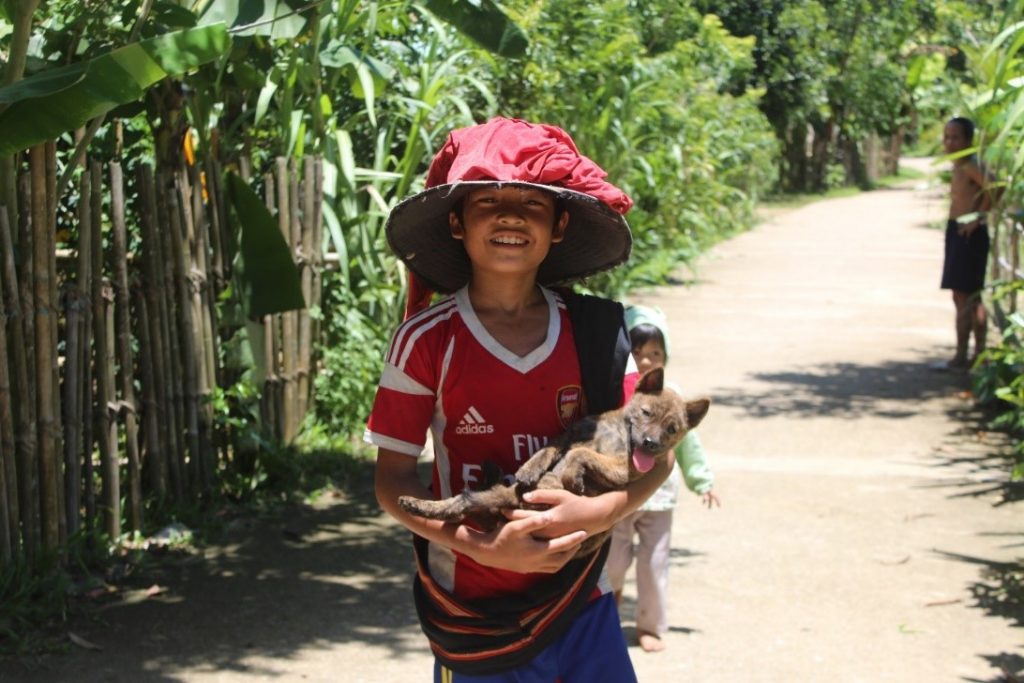
ANYWAY, VIETNAM IS A VERY SAFE COUNTRY AND VIETNAMESE ARE SO FRIENDLY, HELPFUL AND HOSPITABLE.DO NOT HESITATE, PLEASE GET YOUR ITCHY FEET TO DISCOVER THIS BEAUTIFUL COUNTRY.
PLEASE LET US TRAVEL WITH YOU.



